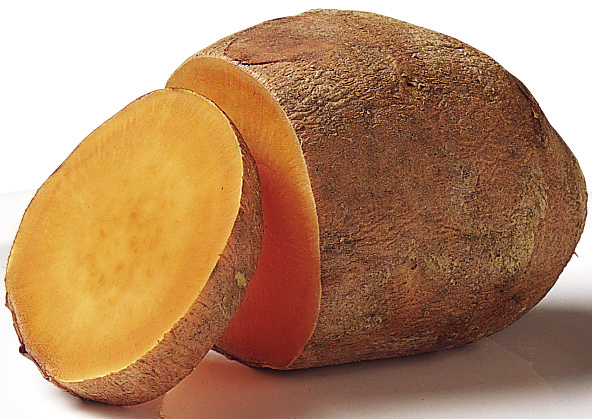
Quick Overview
The 14 Day Detox/Cleanse Program has been created to support the body’s natural two-phase detoxification process. This is accomplished by providing the...
A portal for functional health topics and news.

The 14 Day Detox/Cleanse Program has been created to support the body’s natural two-phase detoxification process. This is accomplished by providing the...


The key to successfully applying a diet direction is to build the food plan on top...

A Balancing Diet is comprised of a higher proportion of carbohydrate foods and less fat than is found in...

Establishing a diet direction is a way to organize the amounts and varieties of foods one chooses to consume in order to achieve a specific effect. Our lives, as with everything else in nature, run in cycles. We have daily, monthly, and seasonal cycles, as well as progressing stages of life. Learning to eat to support our nutritional requirements for all of these can help us achieve healthful eating patterns and prevent us from getting into nutrition ruts.

On my last trip to Costa Rica early this year I discovered that they make many non-grain flours there. I was suprised to learn that a traditional cheese bread eaten in many Latin American countries is actually grain-free! Pan de Yuca (yucca buns) are a delicious grain-free cheesey bread that can be eaten on a grain-free diet. It may not be for the strict Paleo Dieter because it is somewhat processed and does have cheese. But I've made adjustments to the recipe to make it healthier and less allergy provoking.

Is that a sweet potato? Or is that a yam? Good question! I was confused myself for so long. But now I know there is a distinction. That orange colored flesh of the picture on the left is the sweet potato, though it is often labeled as a "yam." It comes from the plant family known as Convovulaceae, or Morning Glory. It is very different from the yam that comes from the Caribbean, which is an edible root of the Discorea genus. The true yam is rough and scaly. And its nutrient content is much different from the sweet potato. There are several varieties and colors of the sweet potato. To make matters even worse, the sweet potato is not a potato either!
The sweet potato is considered one of the most nutritious vegetables around. It is nutritionally unique from the potato and the yam. It is very high in beta-carotene, providing several times the recommended daily allowance of Vitamin A. This root vegetable is also packed with potassium, manganese and copper. It is a good source of vitamins C and B6. The sweet potato is high in fiber but you have to eat the skin!
The white potato is a species belonging to the nightshades. These are foods that cause inflammation that are especially a problem for those with arthritis and other inflammatory conditions. Other nightshades include tomatoes, eggplant, capers and peppers. Fortunately, the sweet potato is NOT a nightshade. In fact they contain quercetin, which is a powerful anti-inflammatory.

Eggs are a storehouse of nutrients all contained in a built-in protective package. Unless you've chosen a vegan/vegetarian approach to food, I highly recommend incorporating eggs into healthy diet. But not just any eggs, as you will see below, but the highest quality eggs you can find. And let me explain why.

Quinoa is actually the seed of an herbaceous plant related to spinach and Swiss chard. The most popular seeds are a tan or yellow color. But several varieties and colors exist from black, to red, orange purple and pink. It has a rich nutty flavor with a tasty crunch.

The Paleo Diet, often called the "caveman's diet," is an approach to eating that is growing increasingly popular. The premise of this plan is to only eat foods that would have been available to ancient man before agriculture. The foods recommended are ones that can be hunted or gathered. But foods that need to be cultivated and harvested are strictly prohibited.
The (modern day) Paleo Diet then consists mainly of grass fed, wild caught meats, game and fish (vegans cringe here). Eggs are permitted as are all vegetables and fruits. However, starchier and sweeter types are avoided or saved for athletic training. Healthy animal fats, coconut oil, seeds and nuts complete the meal.